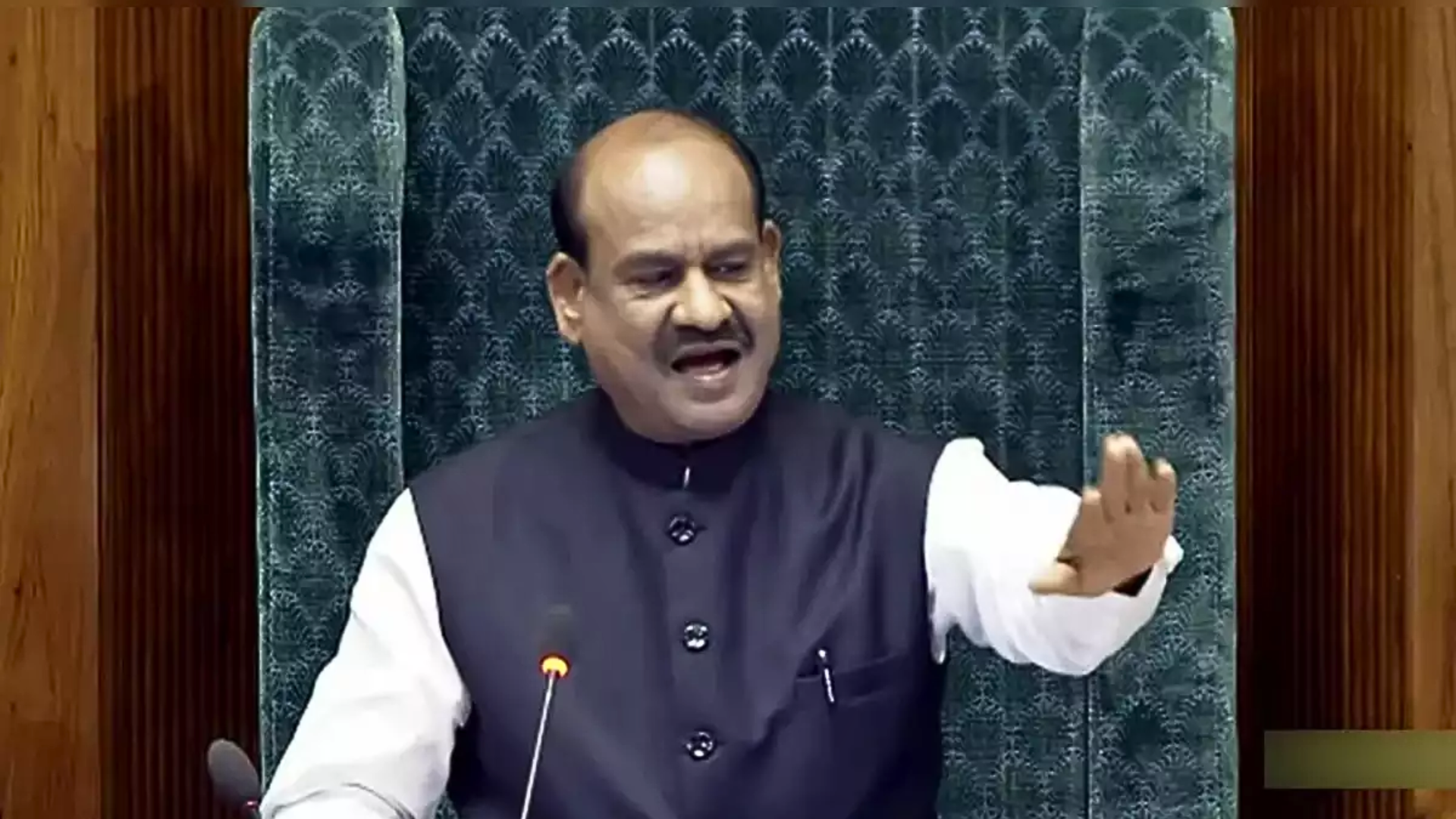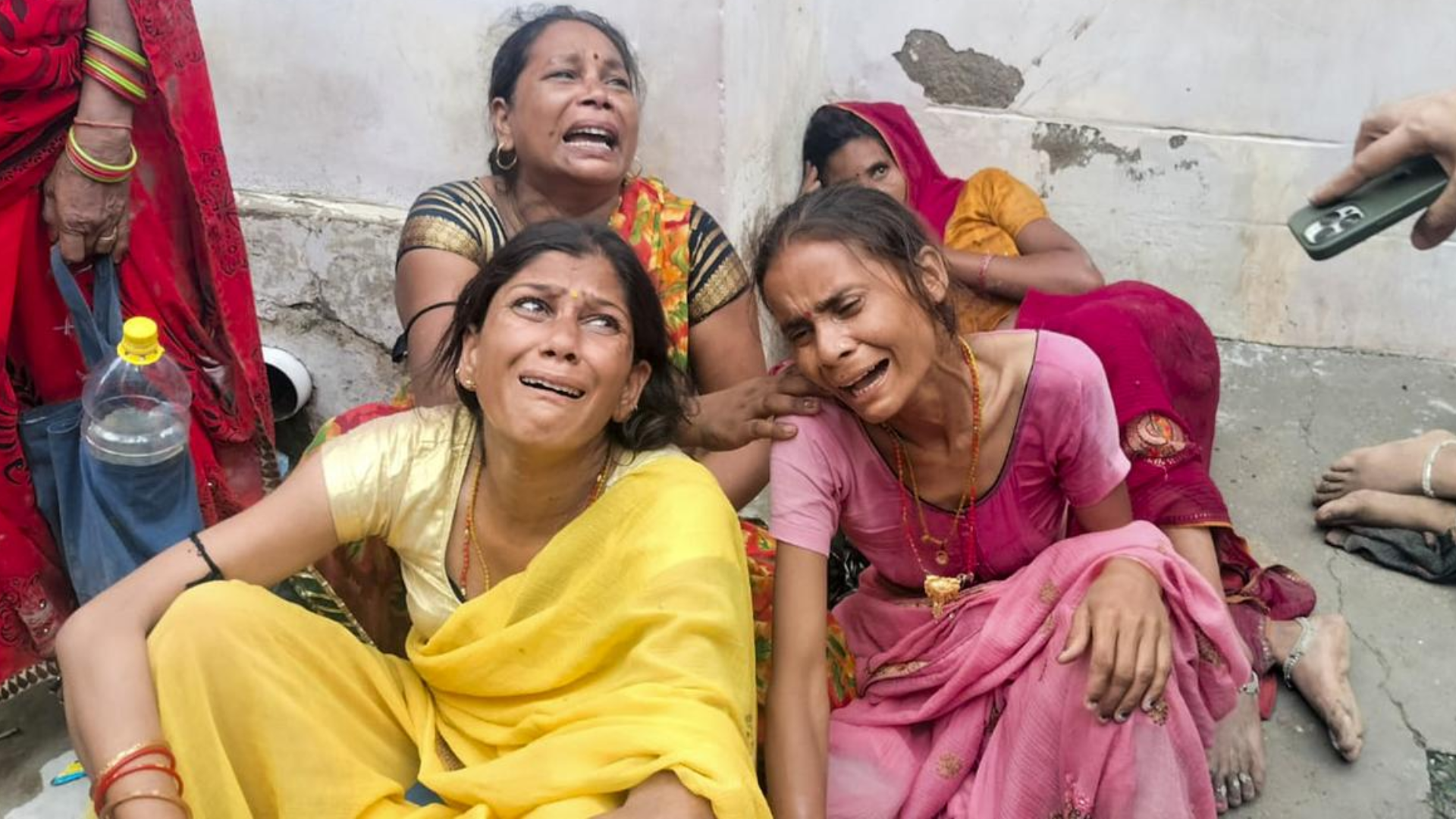How did Adani bag the WCT port deal in Sri Lanka?

Without bidding for it, the Adani Group has been able to ink a deal in Sri Lanka to build a major container terminal at Colombo Port. While the Sri Lankan government described the group as being “nominated” by the government of India, India has distanced itself from any such claim.
On September 30, the Adani Group signed an agreement with John Keells Holdings (a Sri Lankan company) and Sri Lanka Ports Authority (SLPA) to build the Colombo West International Container Terminal (CWICT), or West Container Terminal (WCT) at the strategically advantaged Colombo Port, located amidst one of the busiest shipping routes in the world.
It’s being seen as a strategic victory for India, considering how China is grabbing up projects in the island nation (ports and others) in furtherance of its Belt and Road Initiative (BRI) and through it, emerge as an economic and military superpower to rival USA as well as subdue India’s regional ambitions. Also, over 70% of the trans-shipment business at the Colombo Port is linked to India.
As per the 35-year-long build-operate-transfer (BOT) agreement inked by the three parties, the Adani Group will have the majority 51 per cent stake, while John Keells would hold 34 per cent, and the SLPA, 15 per cent. The more than $700-million investment is said to be the largest foreign investment in the island nation’s port sector.
But how did Adani get the deal?
But the question naturally arises: How did the Adani Group emerge as the chosen investor from India, and why did the government of India not sign the deal?
The Ahmedabad-based Adani Group is seen as being extremely close to Prime Minister Modi, and from long before he became the prime minister, when he was the chief minister of Gujarat (for 14 successive years).
It has bagged several plum projects in the airports, ports, mines and power sectors, and a quite favourable hand of the government, rather of the prime minister (and earlier, as the chief minister), is seen as a prime enabler.
Concerning the WCT deal, until now, there is no indication of a competitive bidding process or selection process, or the rationale used to select the investor.
Colombo has repeatedly referred to the Adani Group as a “nominee” of the Indian government, although New Delhi sought to deny it had nominated anyone for the project.
A short backgrounder
In May 2019, the island nation signed a tripartite agreement with the governments of India and Japan to jointly develop the partially functional East Container Terminal (ECT) at the same port.
However, in a surprise decision last February, the government had unilaterally ejected India and Japan out of the deal, saying it would develop the port on its own, citing protests from port workers unions, nationalist groups and Buddhist monks for involving another country in a strategic national asset.
Then, in March, the Sri Lankan government decided to develop the WCT, along with India and Japan.
Interestingly, a cabinet spokesperson told the press after the decision that India had “nominated” Adani Ports.
The WCT deal is generally being seen as a compromise offered by the Sri Lankan government, in place of the ECT deal.
Cut to the present
For the ECT too, Adani was the investor involved, but how it became so, is not clear, like in the case of the current WCT.
There is another curious aspect too. The ECT deal was cancelled because the Sri Lankan government said there was opposition to any foreign role in the controlling of a strategic asset. However, in that deal, the state-owned SLPA had a 51 per cent controlling stake.
But for the WCT, the Adani Group holds a 51 per cent majority stake, and its two local partners together hold the rest 49 per cent. So how did the protesters agree to this?
Questions
So was the ECT deal cancelled because of pressure from China? It could be a reason, considering that the ECT is next to the China-backed Colombo International Container Terminal (CICT), also at the Colombo Port, where China Merchants Port Holdings (CMPort) holds an 85 per cent stake in a 35-year-long BOT agreement.
But then, how did the Adani Group emerge as the chosen one?
The conglomerate has been acknowledged as a “nominee” of the government of India by Sri Lanka, as mentioned earlier. The government of India has denied any such arrangement, obviously, for then it would have to answer a lot of questions regarding how the company was “nominated”.
As of now, there are no answers as to how the group was selected by India’s southern neighbour. It is just another case of the billionaire Gautam Adani-owned ports-to-mines conglomerate getting a good deal in Modi’s India.







